*I have a camera. I like taking pictures. Here are some of photographs from my recent life stuff.
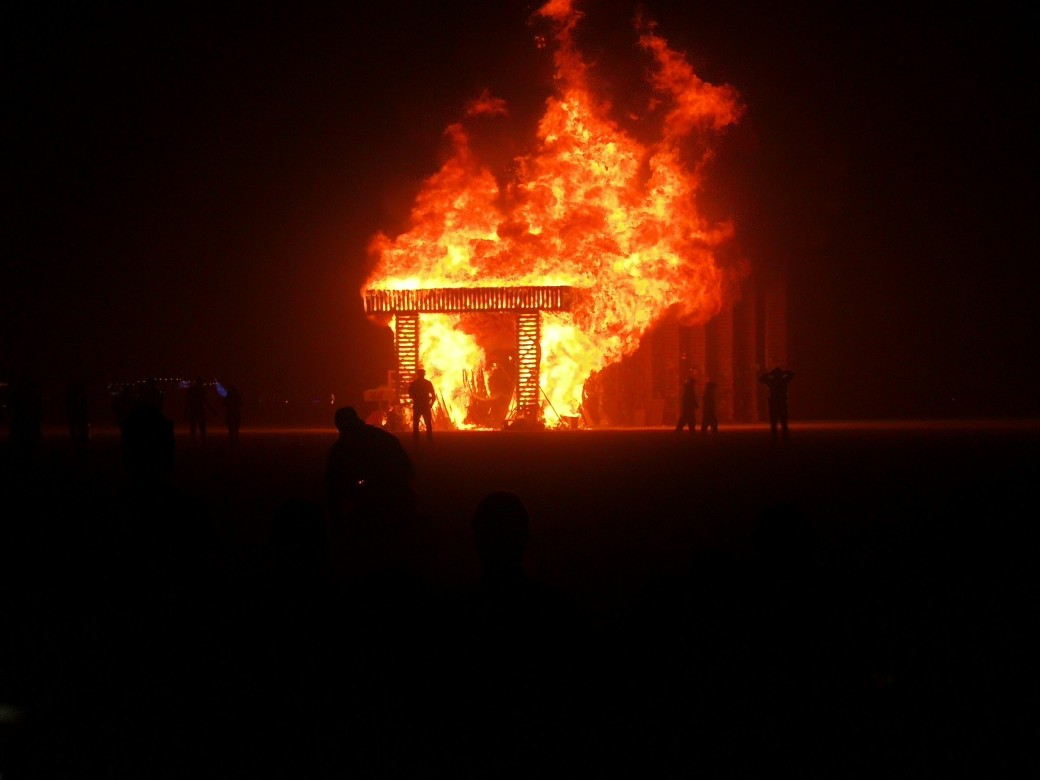
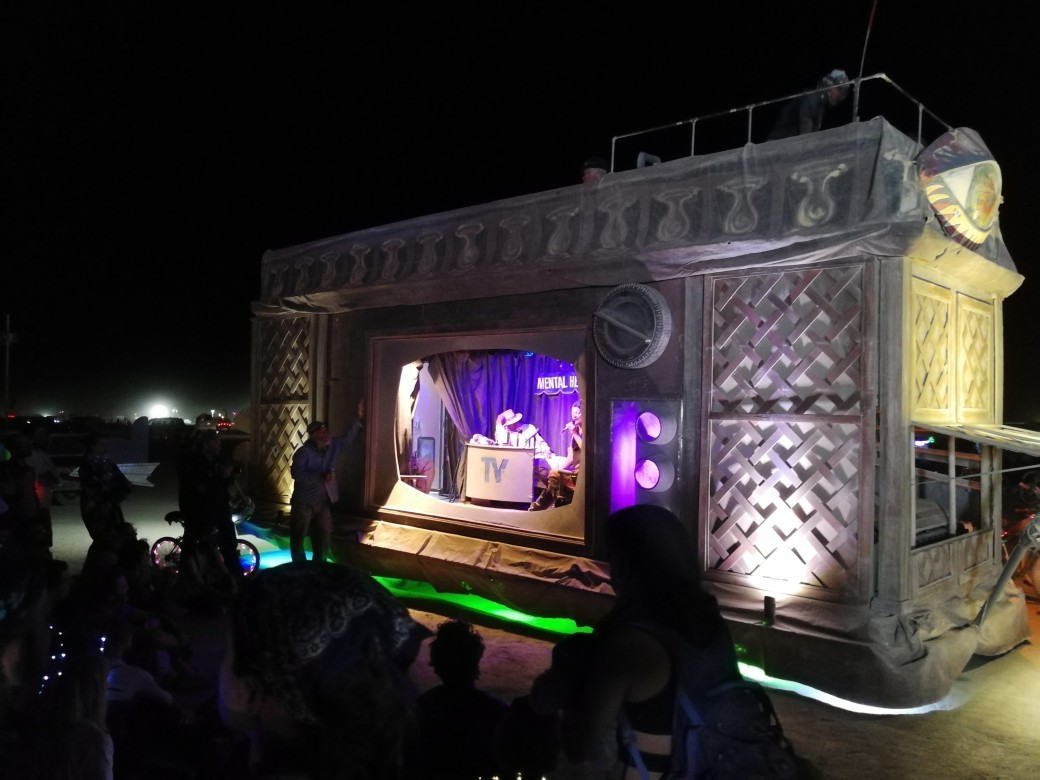
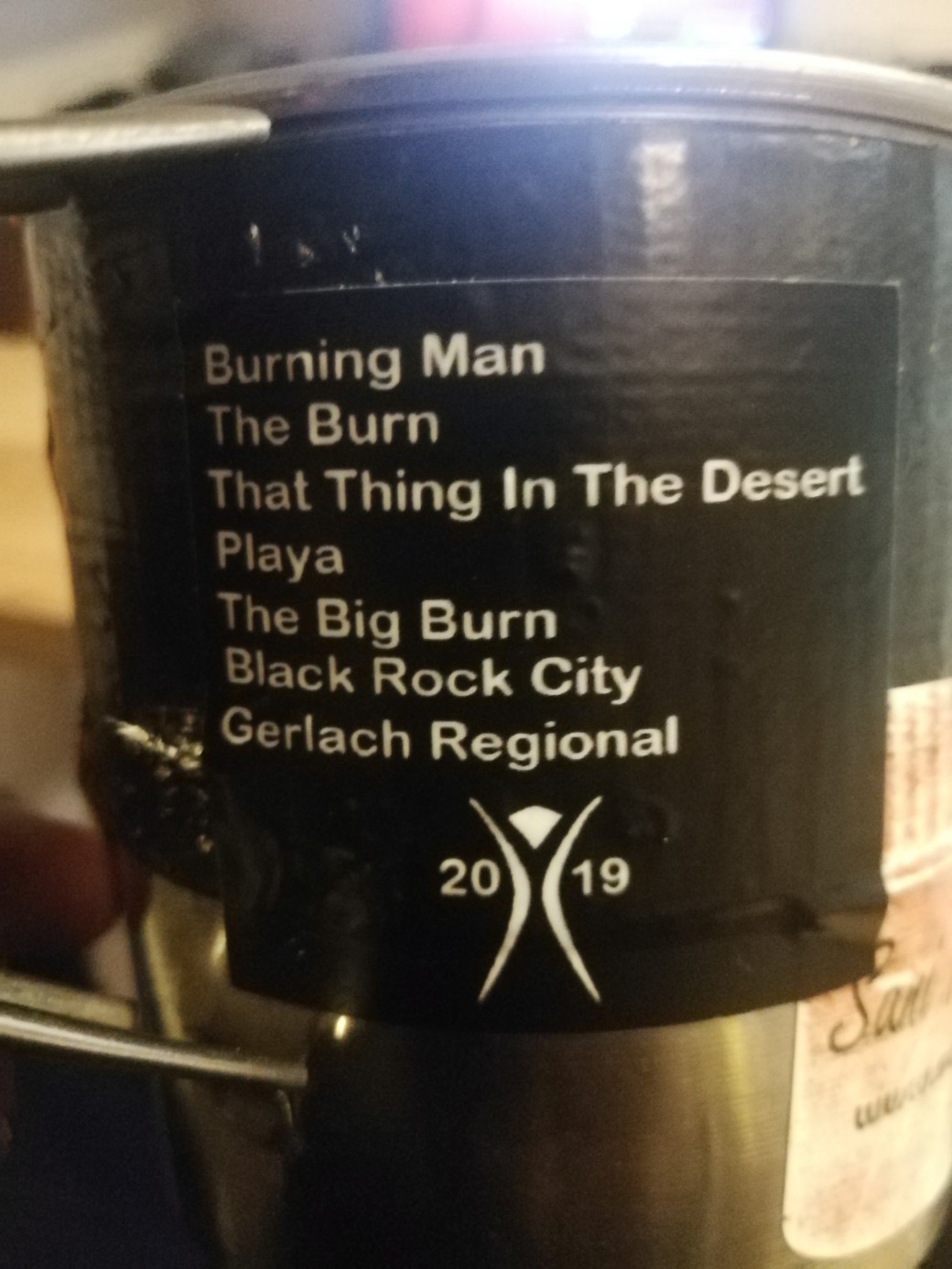
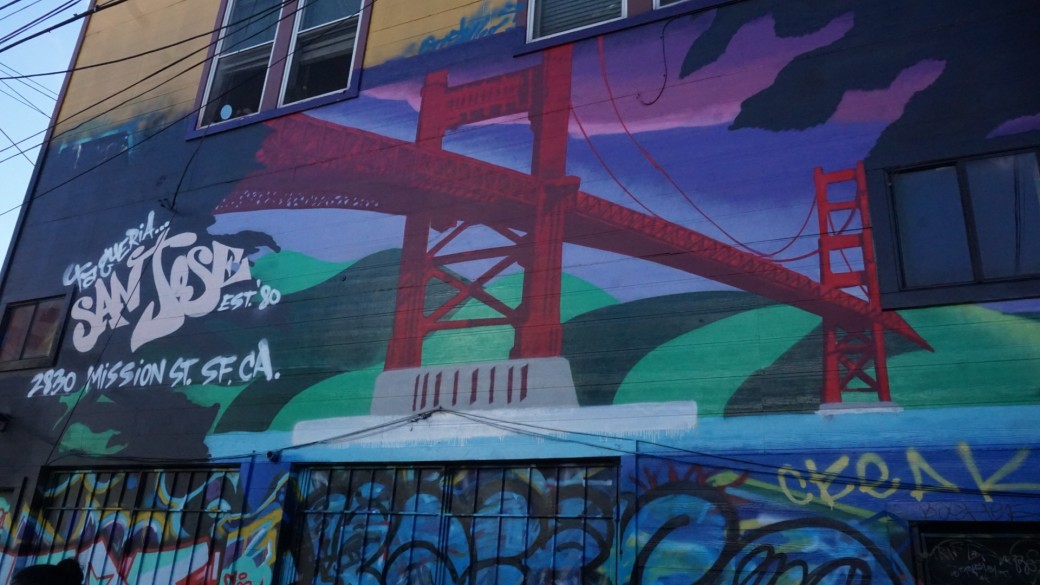
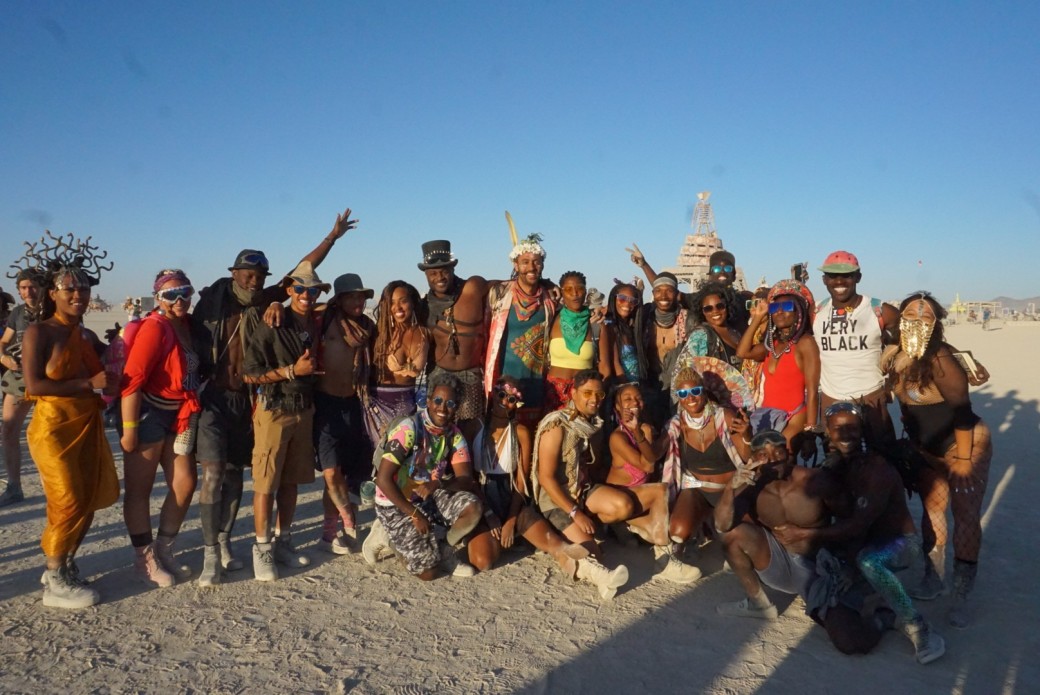
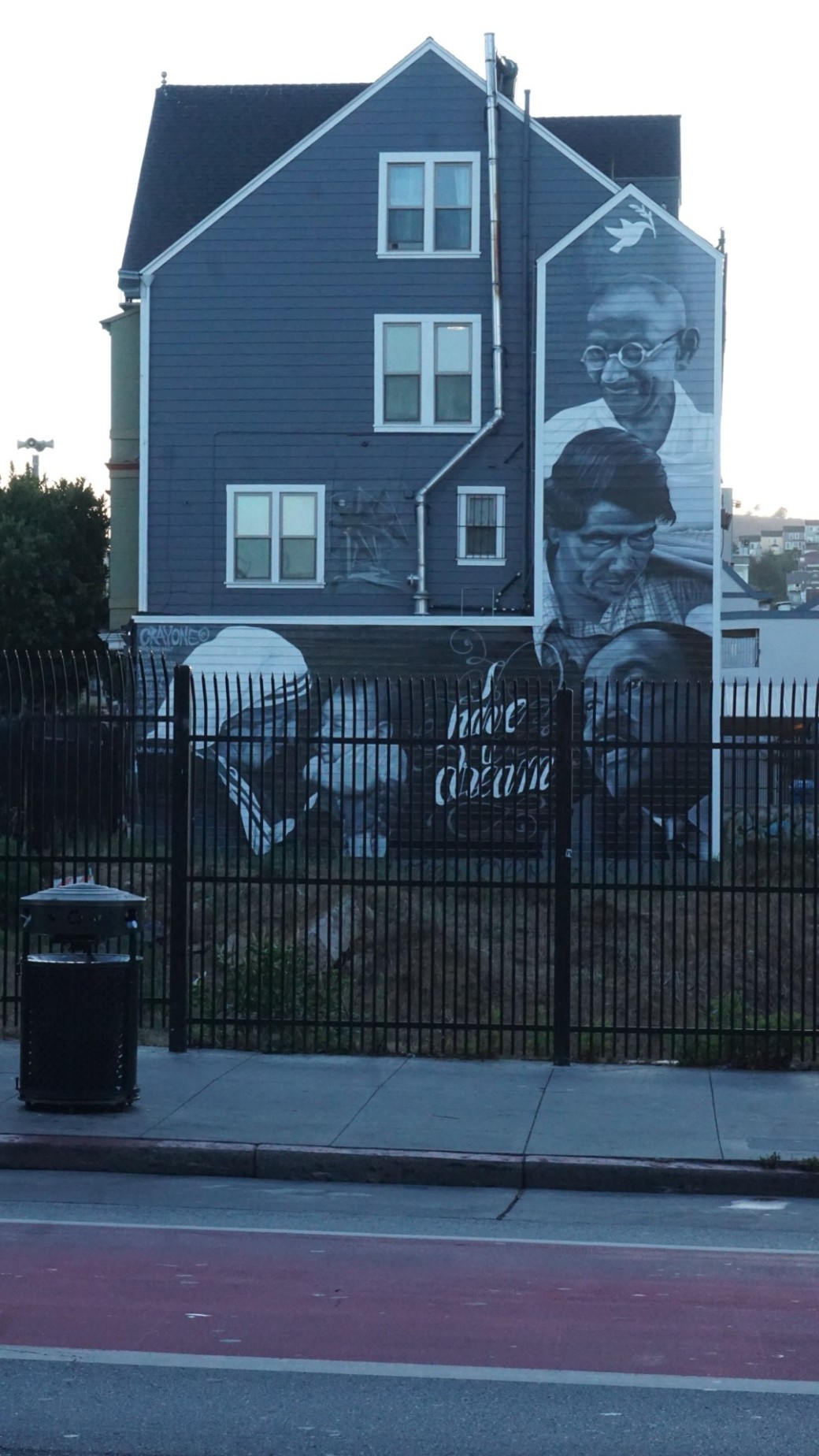
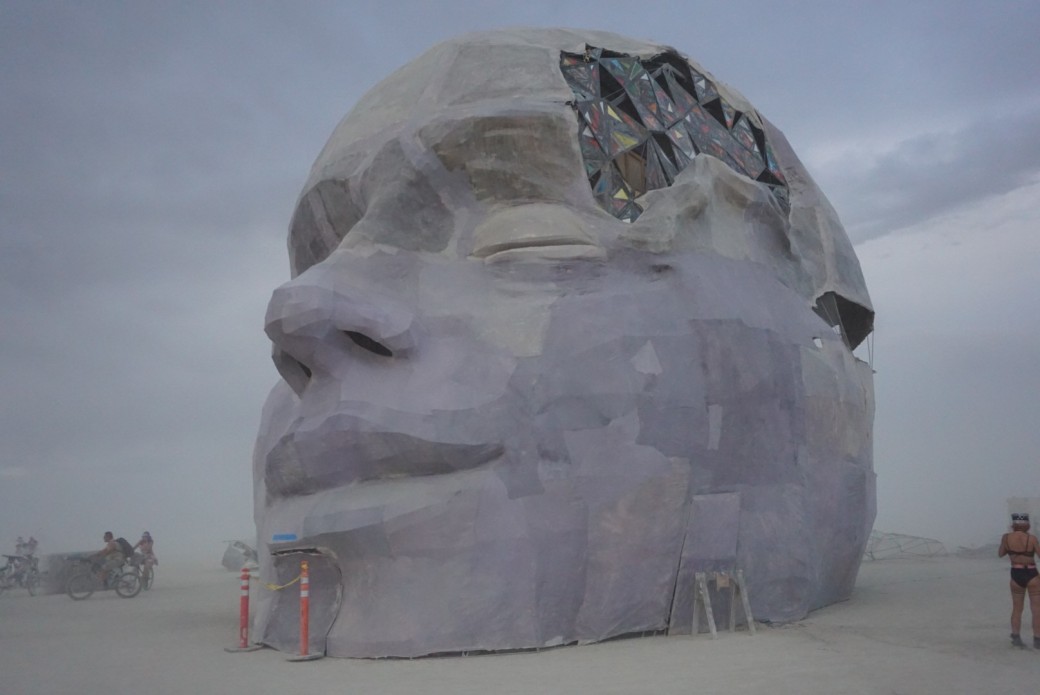
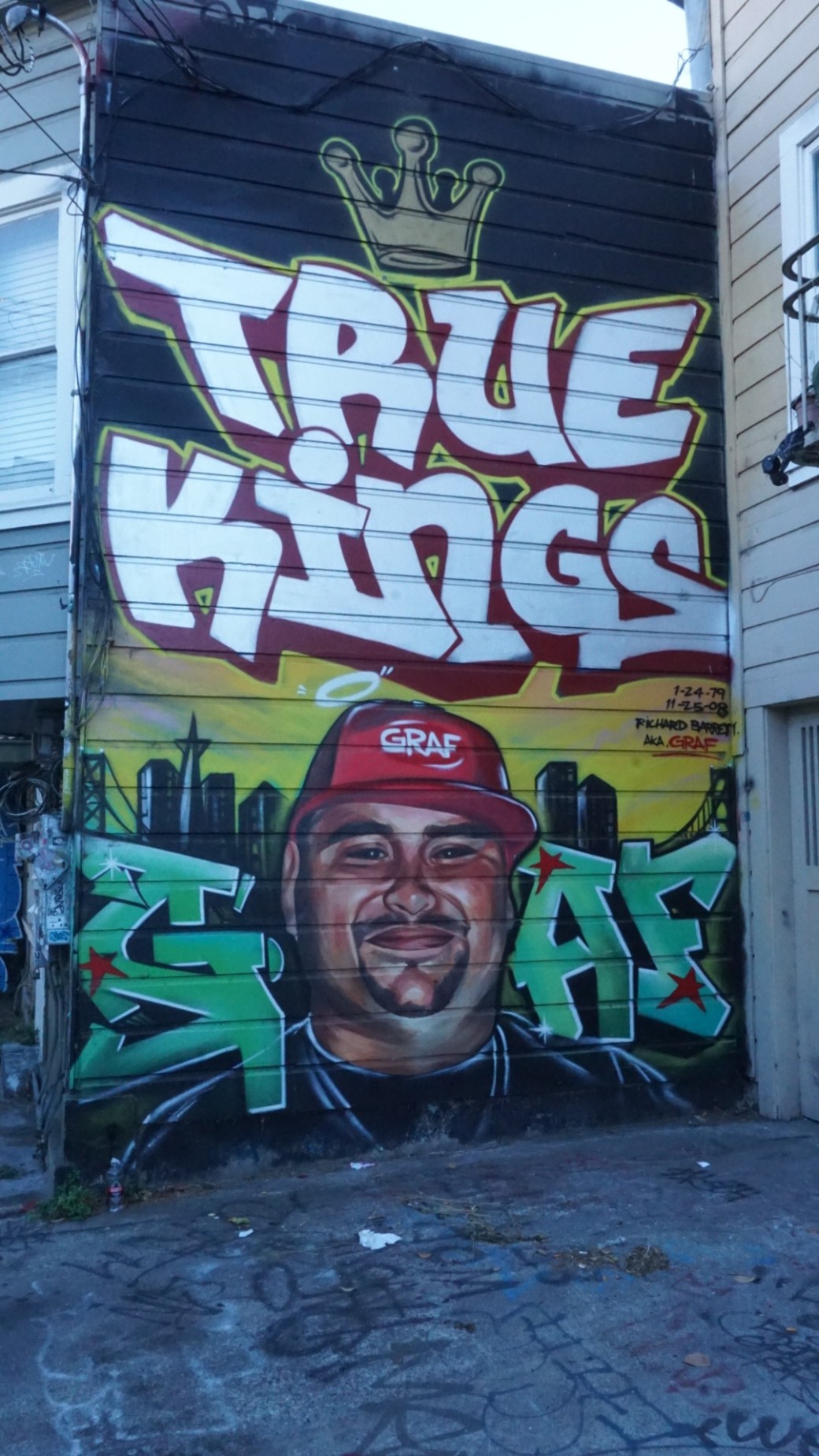
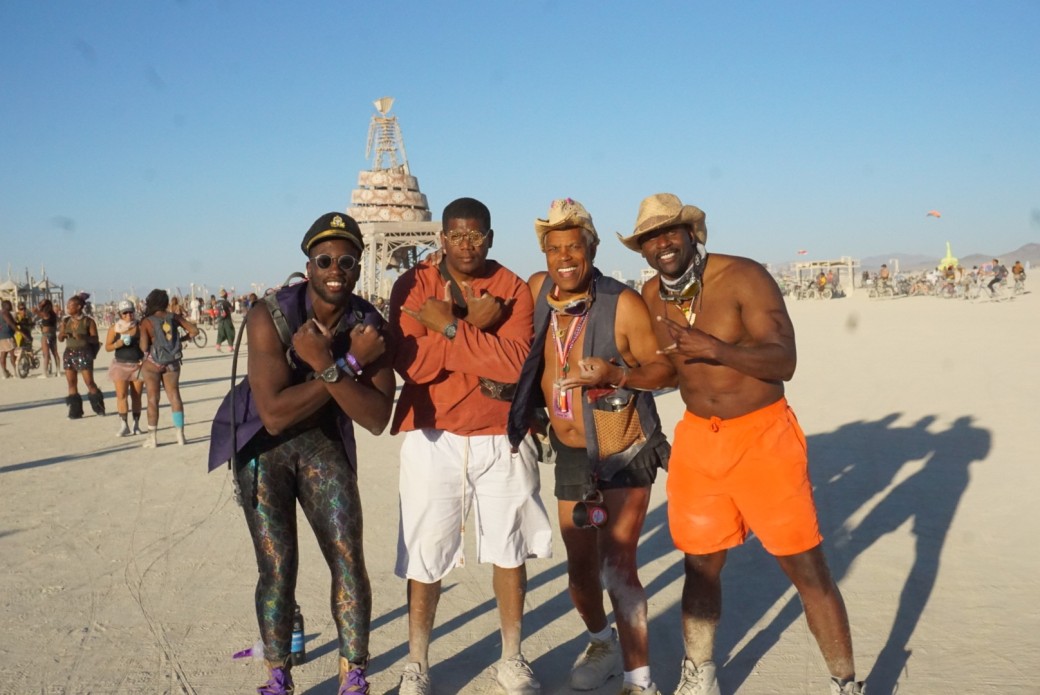
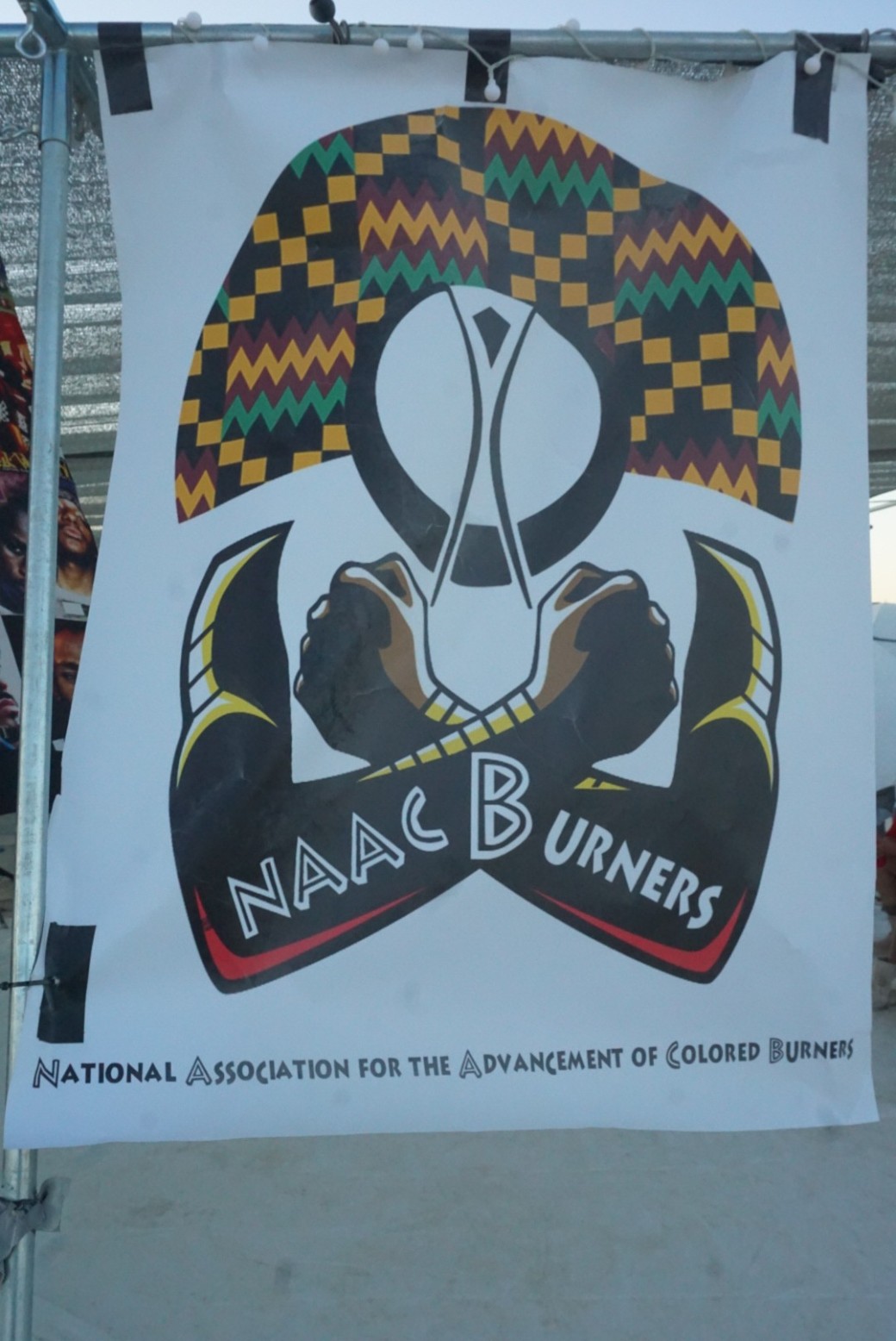
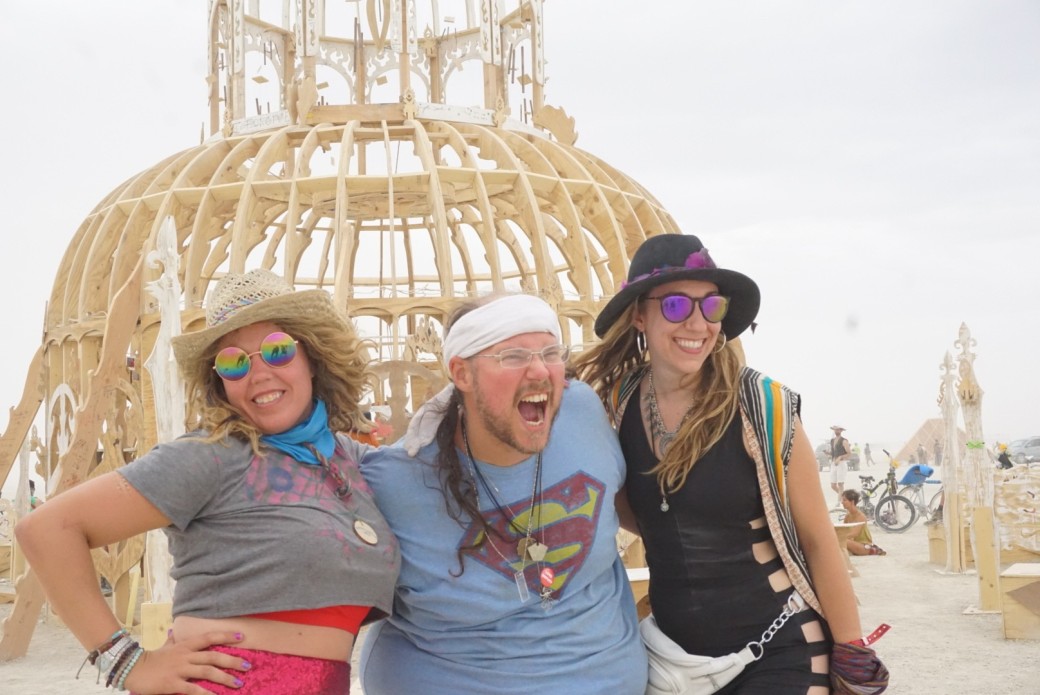
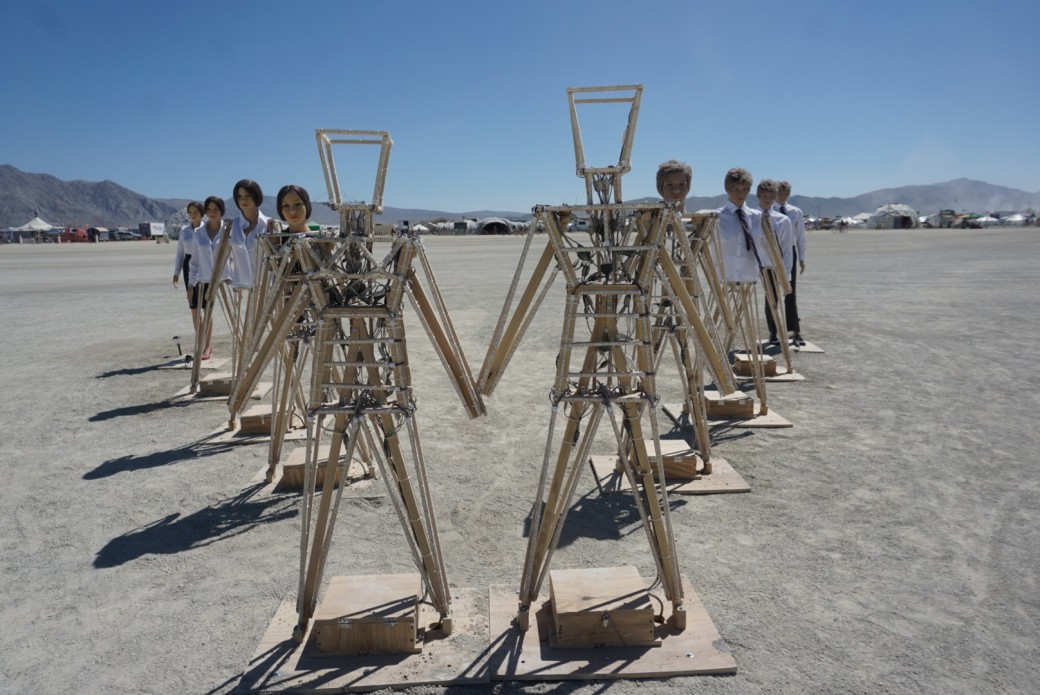
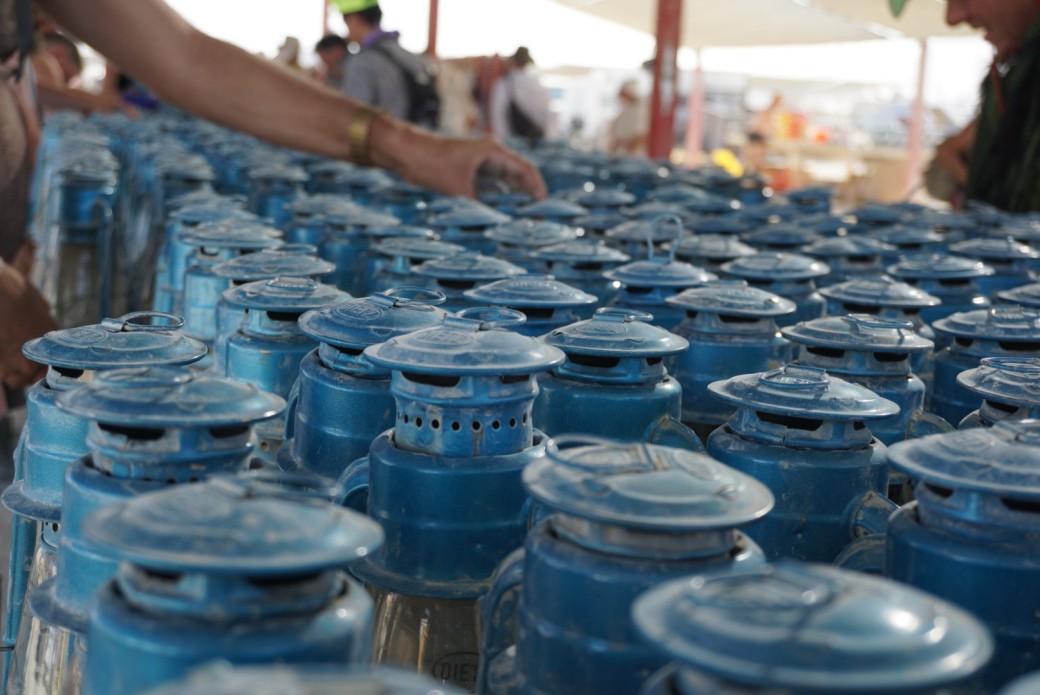
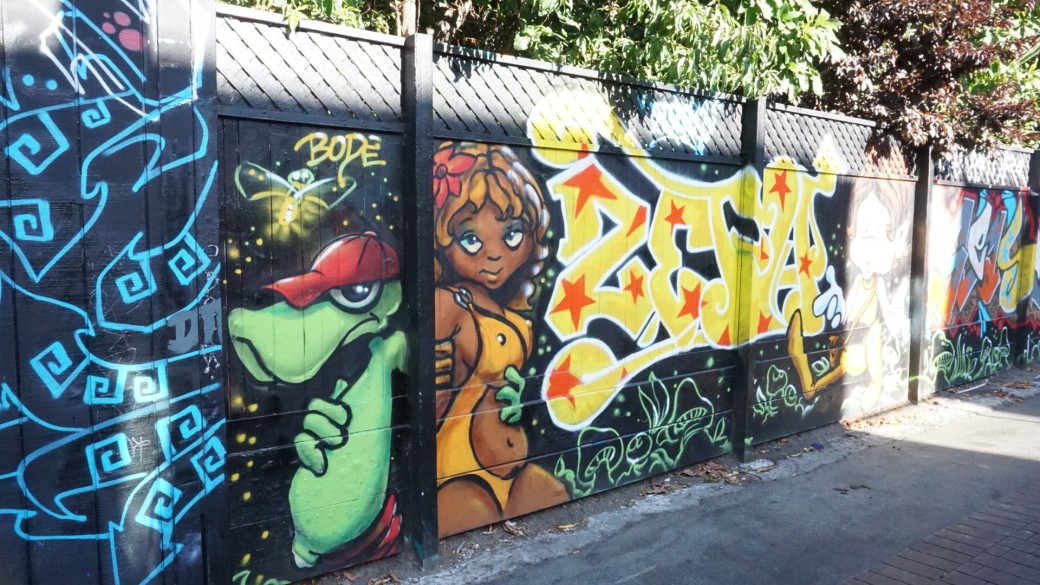
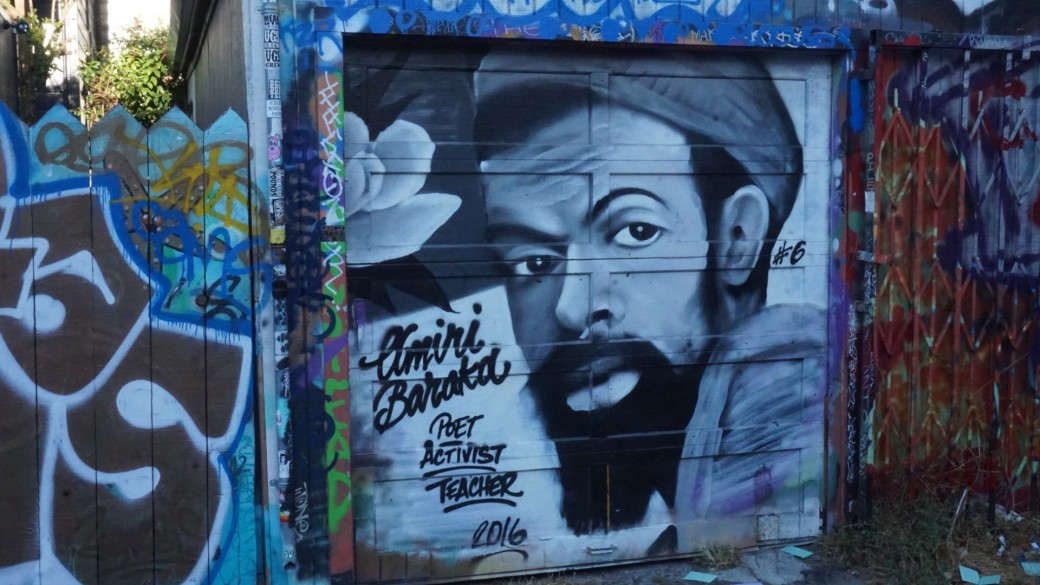
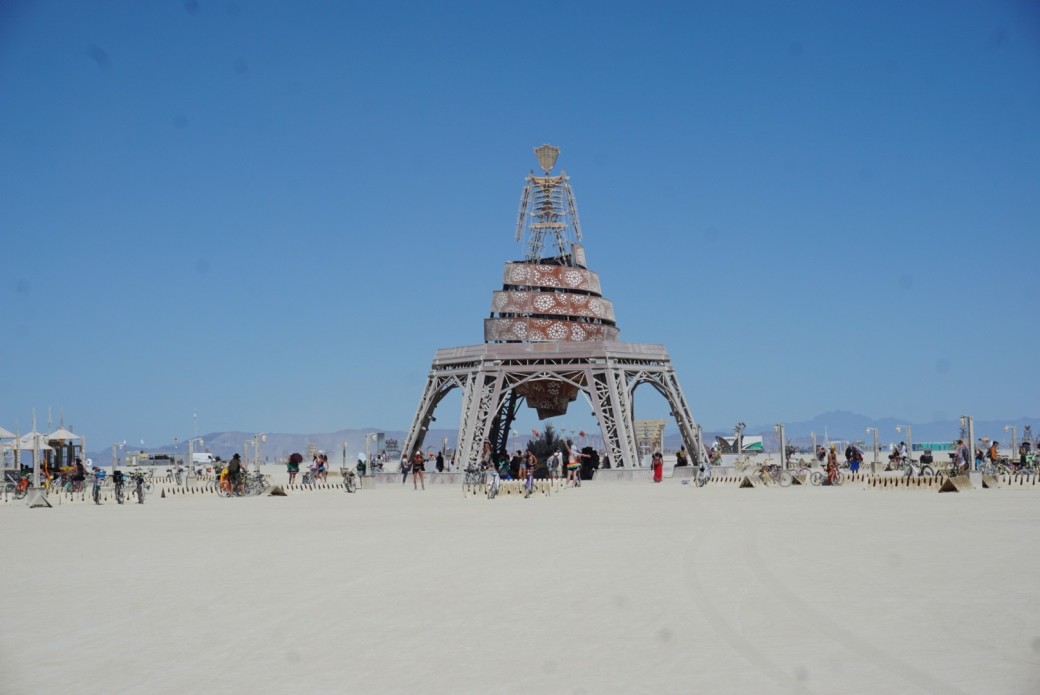
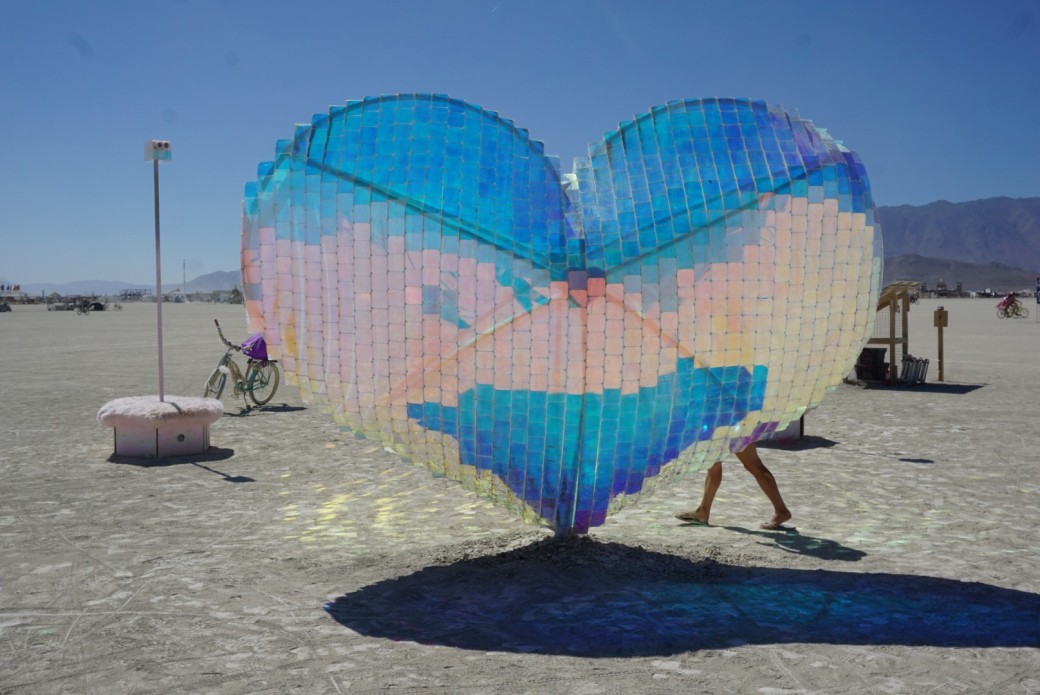
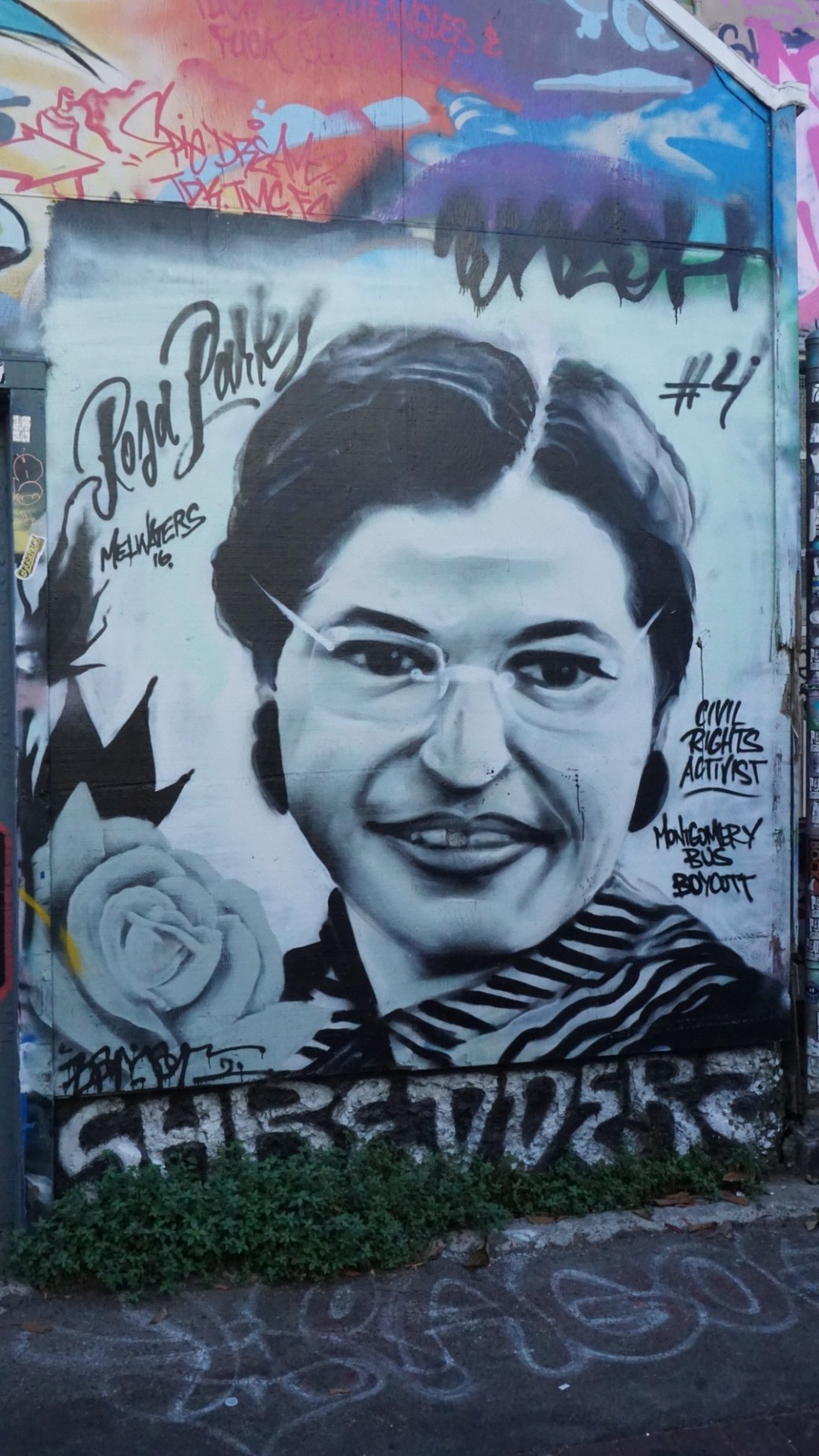

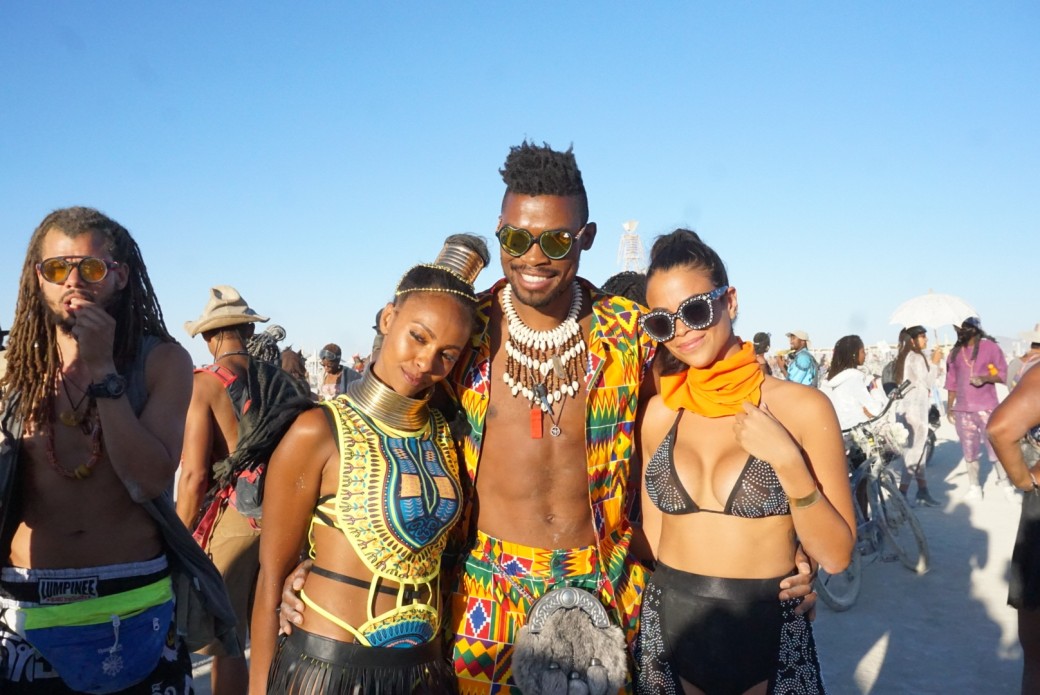
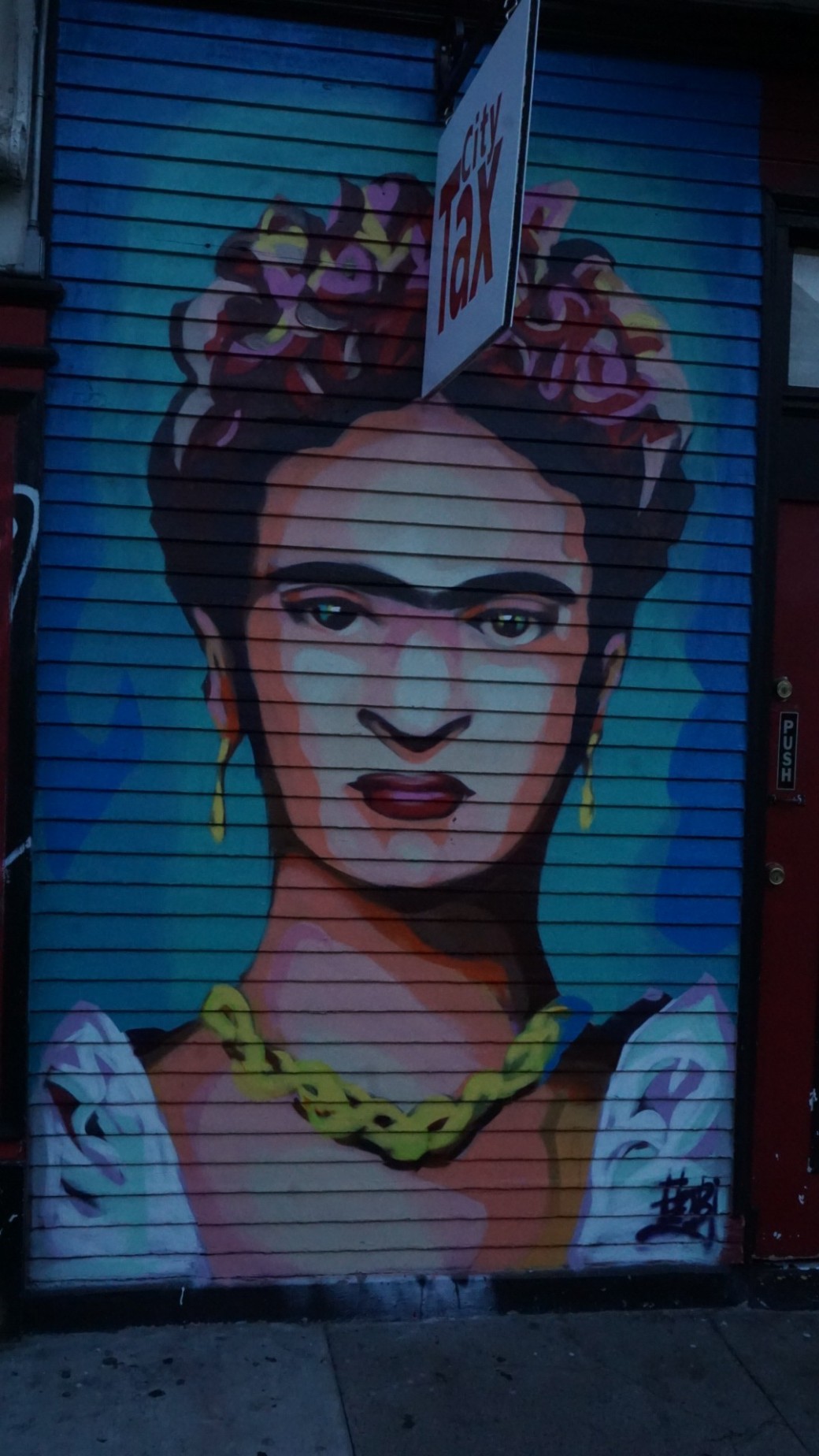
Be kind to yourself.
Onward.

*I have a camera. I like taking pictures. Here are some of photographs from my recent life stuff.





















Be kind to yourself.
Onward.
*I have a camera. I like taking pictures. Here are some of photographs from my recent life stuff.
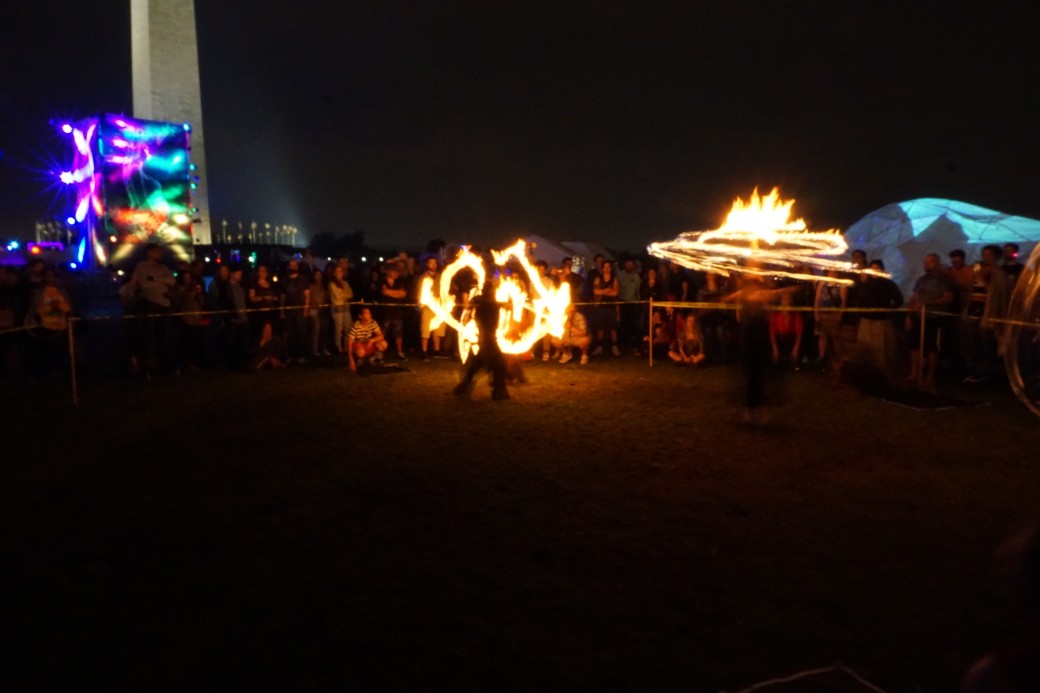
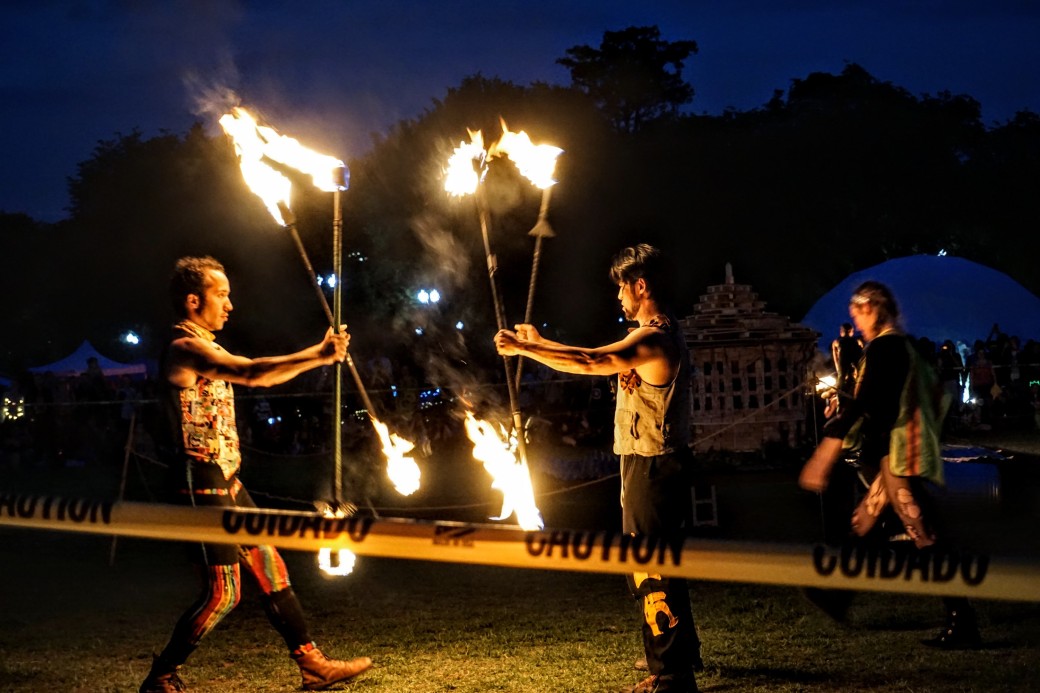
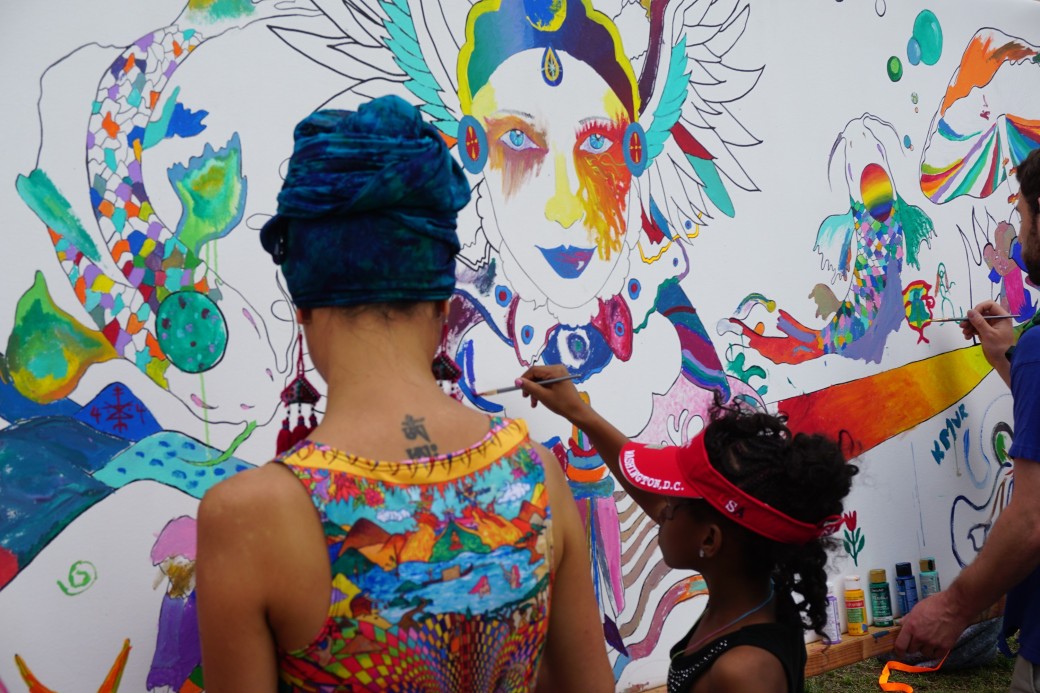
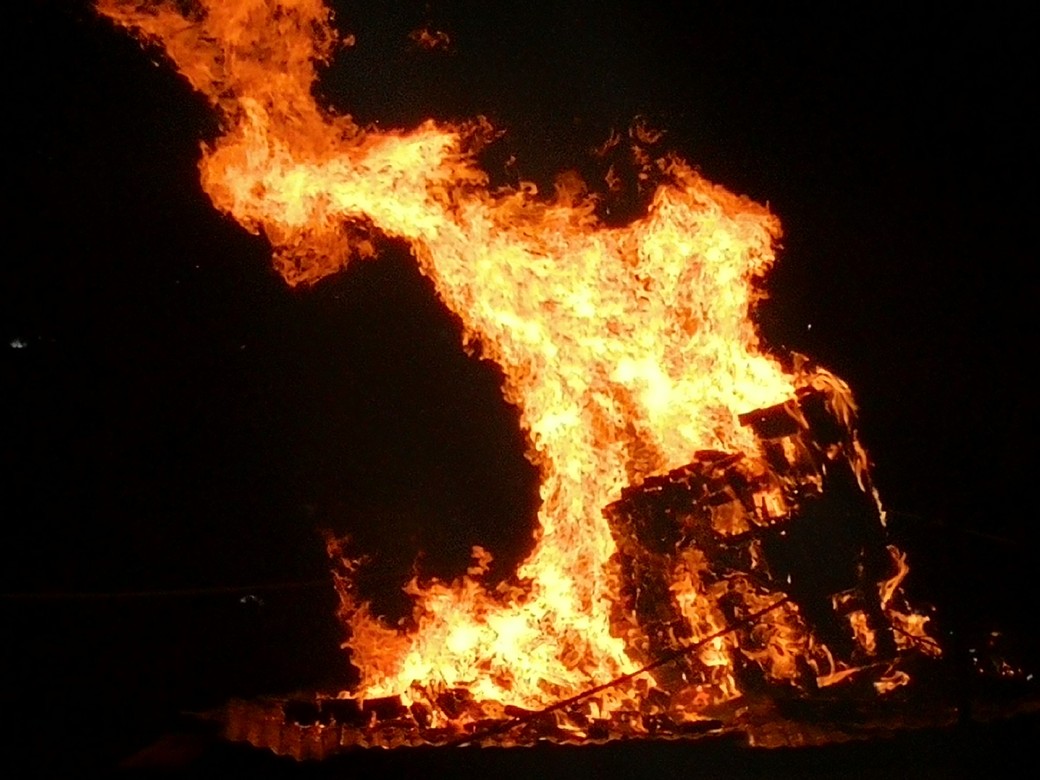
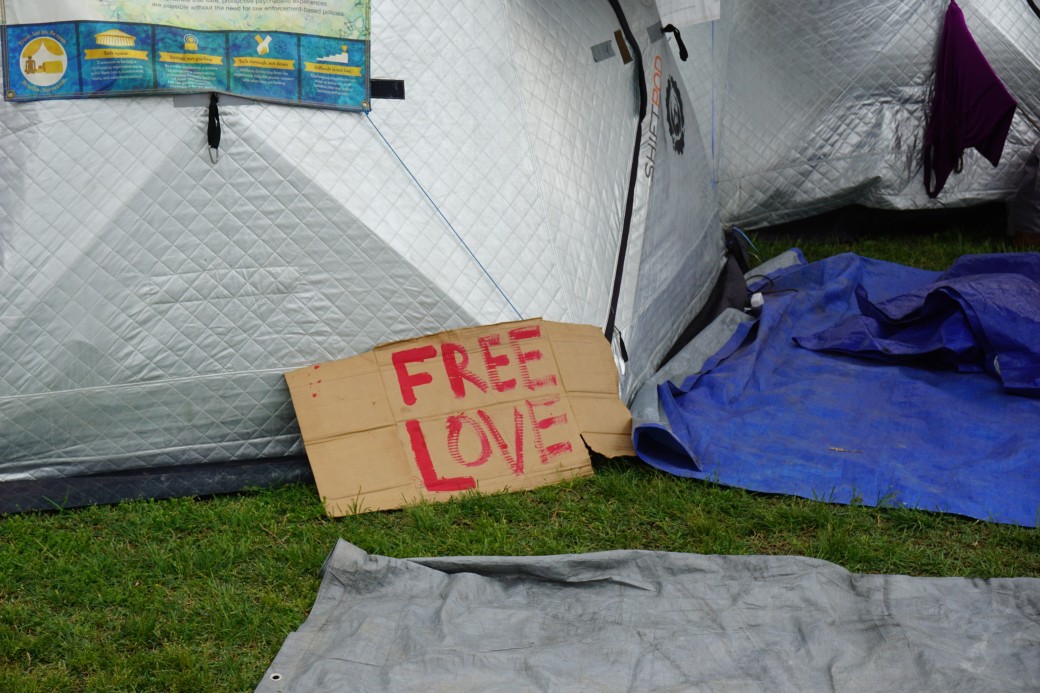
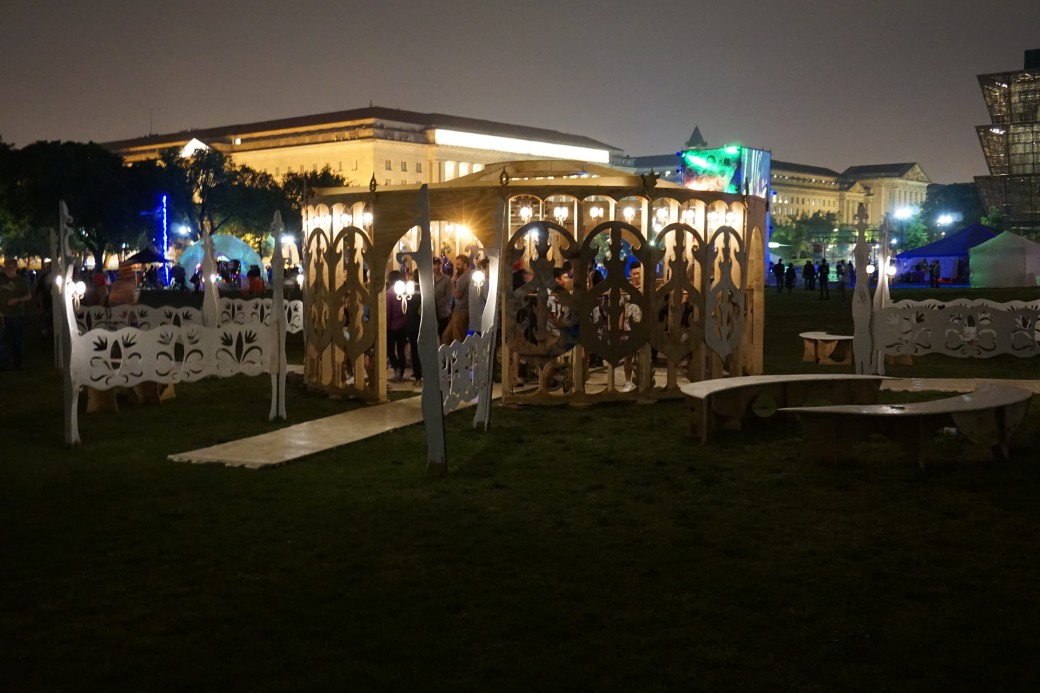
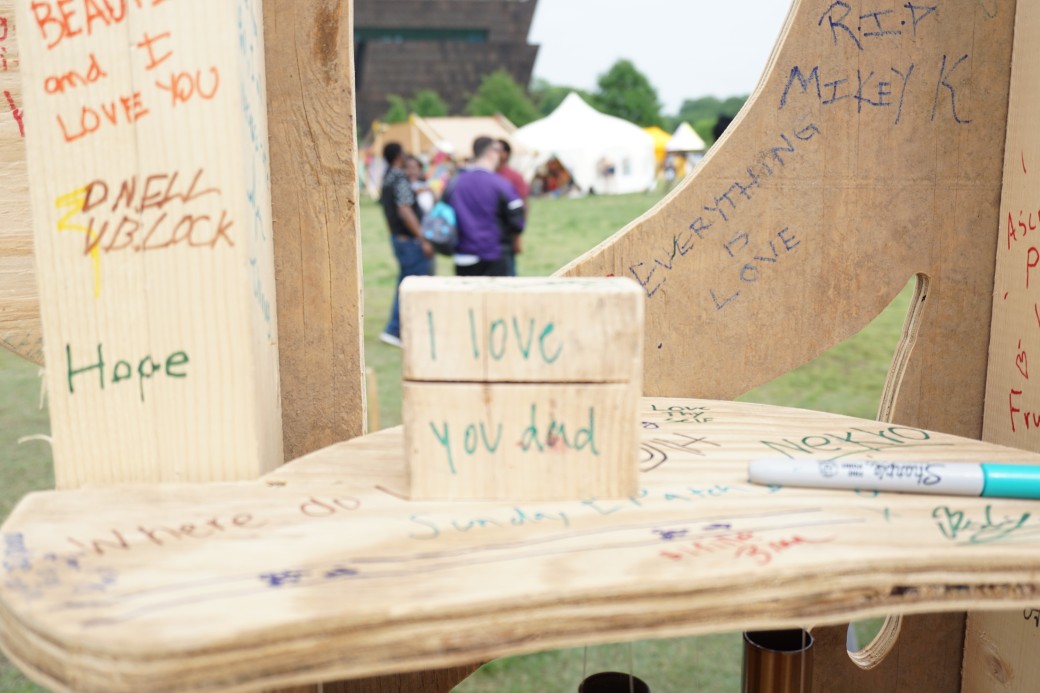
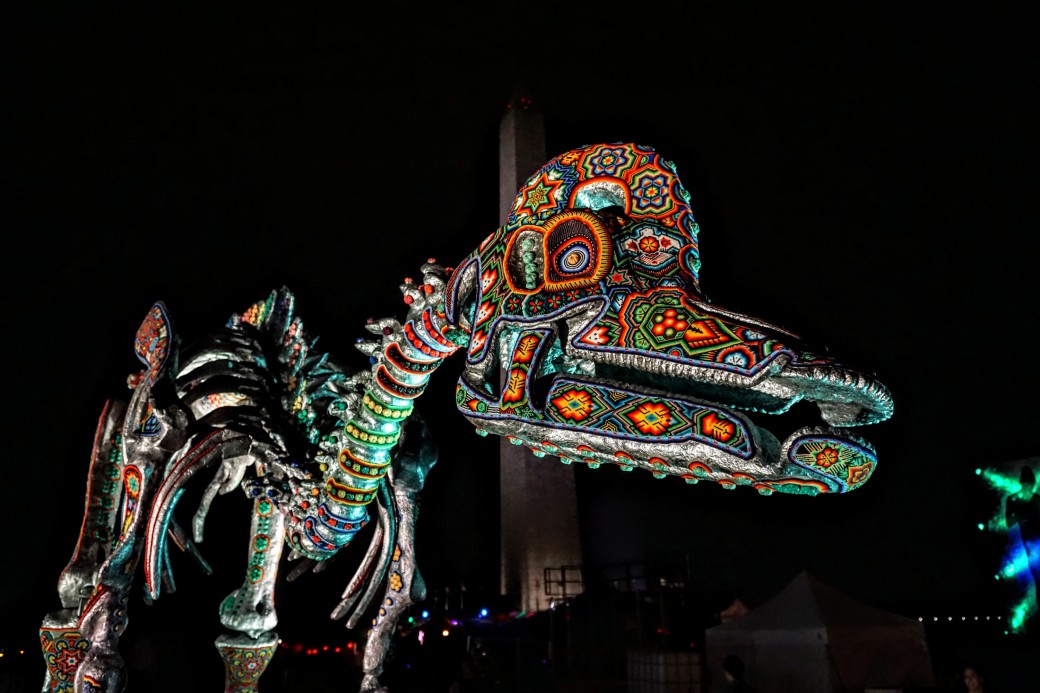
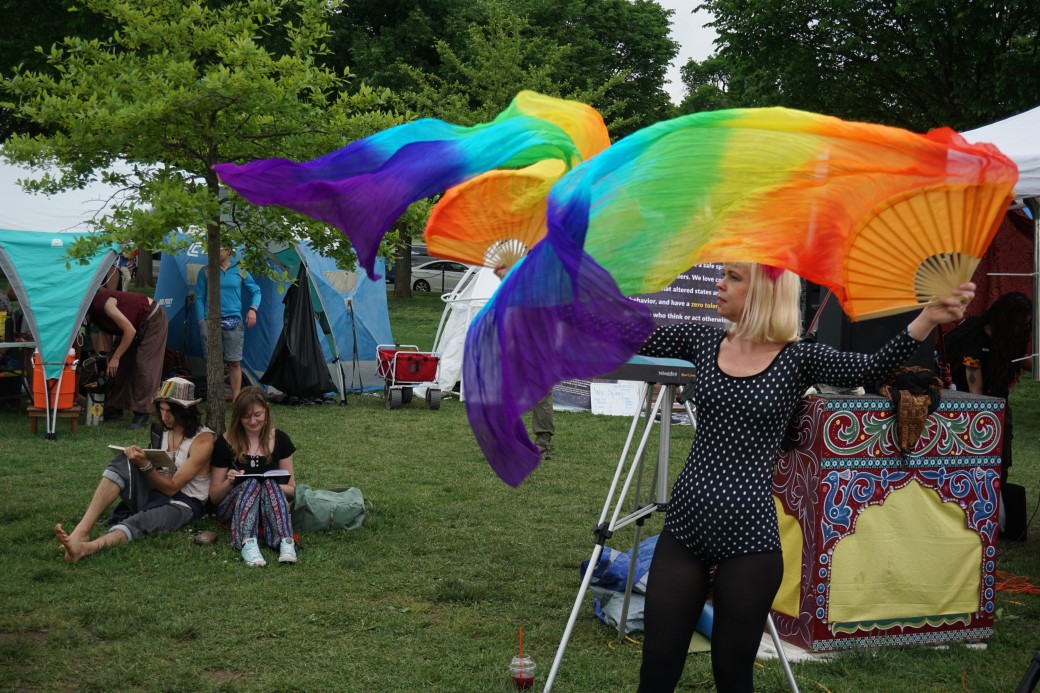
Be kind to yourself.
Onward.

One of the hottest tickets in town is to the Smithsonian’s National Museum of African American History and Culture. It’s the newest of the institution’s museums, having opened its doors in 2016. While I heavily anticipated the opening, I started for service a few months before the grand opening. The internet and friends shared some of the hype and hoopla with the museum first opening. The long lines. The massive visitation numbers. The quality of the museum itself. The forethought put into its curation. I knew that I had to go. I thought that I’d just be able to walk up and get in. Passes are still needed to get in, as the museum is still drawing very high numbers of visitors.
One of the ways to get tickets is from the daily release of same day, timed passes (which are released around 0630 EST). The passes are free, and they are usually claimed within ten to fifteen minutes of release. I woke up early and tried to get passes for several days, but the internet decided it wasn’t my time. One day last week, I woke up a bit later and decided to check the website for passes. Lo and behold, there were some available. I successfully claimed a pass, got dressed, and had breakfast before excitedly biking down to the museum.
It was suggested that I start on the lowest level and work my way up. This allows for following the journey chronologically. The exhibit begins with history of African kingdoms and royalty, and includes snippets of everyday life for many West Africans whose descendants would be enslaved. Along the walls and in the background of the exhibit were the details of several slave ships that crossed the Atlantic. The museum does an amazing job of telling the story of the African journey to America including a highlight of a vessel carrying captured people that shipwrecked off the coast of South Africa. Walking through the levels allows one to walk through history with several artifacts on display. As I approached the end of the chronological history, I shed a few tears. There was something special about seeing parts of my life and childhood highlighted in a museum. Something special about hearing Tupac as the musical backdrop to the 1990s display.
For lunch, there is the Sweet Home Cafe. It’s a bit pricey, but it’s very tasty. I had the shrimp and grits, and it was delicious. Going up to the second floor, there was an exhibit on hip hop culture and an interactive experience with call and response stepping. I spent most of the day (> 5 hours) at the museum and didn’t get to see it all. I definitely plan to return once I get more passes. The above photos were taken during my day at the museum.
Be kind to yourself.
Onward.

One of the things that we were warned about before finishing service in eSwatini was the overwhelming-ness of the grocery store. American grocery stores are filled with stuff. Some stuff is slightly different from other stuff. Sometimes, the differences are so slight that it’s difficult to tell why all of the stuff exists. With an abundance of options, it can be difficult to make a decision.
Then, there are the prices. Shortly after arriving in eSwatini, I walked through Swazi grocery stores converting everything into US dollars. Now that I’m back in DC, my mind readily converts everything into emalangeni. I’m sure I’ll break the habit eventually, but initially, the sticker shock is real.
Recently, I was walking through a local grocery store and thought, “why are there so many kinds of Oreos?” Cold brew coffee is a big thing now. As a less than occasional coffee drinker, I was perplexed by all of the bottled cold brew coffee on offer in the store. The above picture is of most of the yogurt options. So much choice!
Be kind to yourself.
Onward.
P.S. – I felt like Andy Rooney, on his closing 60 Minutes segment, as I walked through the grocery store. Many times, just wondering, “why?”.
P.P.S. – Walking through the grocery store pales in comparison to walking through Wal-Mart.

I’ve been back in the states for just over a week now. It’s been a week catching up with family and friends, coordinating events and schedules, and other stuff related to readjustment. As I’ve moved around the city, it’s familiar in a different way. Businesses I used to frequent have moved. Luxury and boutique apartment buildings dot the city’s streets. Electric scooters and electric-assist bikes help to move Washingtonians around the city.
One of the things that I looked forward to most when I was coming back was November Project. For those who don’t know, November Project is a free fitness movement that started in Boston in November of 2011. Tribes in cities all over the world meet every Wednesday morning between 6 and 6:30 am, no matter what. I knew that in a city full of transients and constant change, November Project DC would be there. At the Lincoln Memorial on Wednesday morning. The only requirement: just show up. I knew that I’d be greeted by cheery faces, high fives and hugs. I was late getting to the workout on Wednesday morning and it was much colder than SE Asia. But the tribe always makes it worth the early rising.
I was reminded of how out of shape I am. I was also reminded of how encouraging a group of people can be. It’s good to be back. The above photo was taken by Matt at the start of Friday morning’s workout.
Be kind to yourself.
Onward.
Yesterday, I had a long layover in what some consider to be the world’s greatest airport, Singapore’s Changi Airport (SIN). As I’ve previously written on this blog, I’m a huge fan of long layovers especially when the country offers visa free entry and decent food. Singapore ticks the necessary boxes. While I was looking at various things to do on a 16 hour layover, I found the usual recommendations for tourist sites and good eating around the city. However, another recommendation kept resurfacing: the airport itself. I never thought of an airport as an attraction.

After landing, I was headed towards immigration to head into the city when I noticed a kiosk advertising free Singapore tours. I stopped by. During the day, there are free heritage tours to the city. In the late afternoon and evening, there are free city lights tours. My flight arrived just in time for one of the late afternoon city lights tours. The tour was led by a local tour guide named Daryl. About 20 folks from all over the world joined Daryl’s group and boarded an air-conditioned tour bus to the city. Daryl taught us about some of the history of Singapore while pointing out some of the famous sites. One of the stops was Gardens by the Bay. The massive garden features super trees, which are concrete and metal structures in the form of trees that are home to various plant life. At night, they are brilliantly lit. Not too far away is Satay by the Bay, a food centre with various types of tasty local cuisine. After 2.5 hour jaunt around the city, we were headed back to the airport.




When we returned to the airport, some of us decided to check an art installation in the airport called Kinetic Rain. The installation features several copper-coated droplets moving artfully in sync.

The airport is home to different gardens including a cactus garden and a butterfly garden. For the tired feet, there is a plethora of foot massagers. There are several lounge spaces with comfy chairs to relax. In Terminal 2, there’s what they call the Entertainment Deck. Several video game stations are set up for the traveler’s leisure. The selection of games is pretty good, as well. Around the corner, there was a room with computer gaming and an arcade-style setup for various (mostly fighting) games. In Terminals 2 and 3, there are small movie theatres. Each has a daily rotation of 5-6 movies. There are also several computer terminals set up for internet browsing in addition to free WiFi.
All of the above mentioned stuff is free. There are paid options as well. For example, there’s a gym, a few spas, and several paid lounges. For those that need to rest in more traditional settings, there are hotels in the airport. One of the hotels has a swimming pool available to their guests, and outsiders (for a fee).
After my short stay in Changi, I can definitely see why it’s considered the world’s greatest airport. It seems to be an airport designed by someone who spent too much time in airports twiddling thumbs thinking, “there has to be a better way”. It absolutely challenged what I thought an airport was, and could be. Of the airports that I’ve been to, Changi just might be the best. It’s definitely the most engaging. It’s also the place that I’d most want a long layover, or a flight delay.
Be kind to yourself.
Onward.

A few years ago, I saw pictures of what I would learn is Halong Bay. One of the pictures was so magnificent that I decided to make it the background on my phone. I wanted to get there. To see this beauty in person. To be amazed and in awe. As my time in Vietnam was drawing to a close, I decided to prioritize going to Halong Bay over everything else. The Ha Giang Loop. Sapa. Ninh Binh. Hanoi.
While spending some time on the island of Cat Ba in Lan Ha Bay, I took a day boat trip through that bay to Halong Bay. It was just as beautiful in person as it was in the picture saved as my screensaver a while ago. Activities in the bay included swimming, snorkeling and kayaking. The tour guide also pointed out several of floating communities in the bays. The 1,969 limestone karsts protect the communities from typhoons, tsunamis, and the like. There are some communities that have a small tunnel entrance. One such entrance is only accessible during low tide. Many of the floating communities have fish farms. The above picture was taken just before kayaking around some of Halong Bay. If you look closely, you can see some of the passages we kayak through.
Be kind to yourself.
Onward.

1st September 2018 – Quick Thoughts Before the Course
I have made it to the meditation centre. It’s located in a village in Goa. Upon arrival, I was directed to a space where lunch was being served. Lunch was a delicious veggie thali, with refills! The more and more I sit here waiting for registration, the more nervous I become. What have I signed myself up for? Why did I sign up? I’ve never done meditation. What even is meditation really? How will I make it these ten days? After lunch, I spoke with a man who introduced himself. He’s done the vipassana course twice already. He’s back for a third time. His only advice: “don’t quit/leave/give up”. This is the advice that I’ve heard echoed in blogs and other online forums about the course.
12th September 2018 – The Aftermath
So I just finished the ten day Vipassana meditation course. I had no prior experience meditating. I learned of ashrams earlier this year, and after talking to folks and reading various material, my interest was piqued. Why not try it? At best, I’m a better, changed person. At worst, I lose ten days of my life and whatever financial investment is involved. After searching the internets looking for places to do silent meditation courses in India, I came across this site.
I had no idea what Vipassana was. I briefly read some material, and started applying to do a course. The base course is ten days (you arrive on day 0, and leave on day 11 for a total of twelve days). I learned that the course was donation based. All I had to do was be accepted and actually show up. A course in Goa accepted me. I reluctantly showed up. Wild thoughts second guessing myself ran rampant. I kept reminding myself that if I can do Peace Corps, I can do anything.
When checking in, I had to submit my passport and other valuables for safe keeping. Everyone is also asked to submit their mobile phones, reading and writing material, religious items and any intoxicant. I everything was locked away for safe keeping and I was given a room number. No key. Just a room number. I go to the room. My roommate is already there. It’s a basic room. Two twin beds with sleeping pads and linen. A ceiling fan. A wash room (sectioned off by a curtain) with a sink, and separated squat toilet and shower.
I greet my roommate. For the next ten days, we won’t allowed to communicate with each other. During the course, participants are asked to maintain complete silence. No talking. No gestures. No glances. This is especially true for other meditation students. You are allowed to talk to the meditation teacher. Students are also asked to observe other guidelines including no lying, no stealing, no physical contact, no intoxicants, and no sexual activity.
After a light dinner, we’re shown an introductory video in English and Hindi (the languages this course will be taught in). Afterwards, we are separated by gender and assigned a cushion in the meditation hall. Using separate entrances, men and women are seated on opposite sides of the hall. We sat in silence for a while before the assistant teacher played chanting over loud speakers. We went to bed around 2100.
The first day (and every day thereafter) started around 0400 with a morning wake up bell. Meditation started promptly in the hall at 0430, and lasted until 0630. Breakfast was served from 0630 until 0715. We were given a “break” until 0800 to rest and bathe. The first official sitting of the day was from 0800-0900. Afterwards we’d get a short break before continuing to practice meditation until 1100. Lunch (usually a delicious veggie thali) was served until 1145. After lunch, we had a break until 1300 when we would resume practice. The next official sitting was from 1430-1530, followed by another short break. Following this break, there was more practice until 1700. This is when a snack (of a popcorn/peanut mixture and fruit) was served until 1730. There was another break until 1800, which was the last official sitting of the day until 1900. At this time, we split into groups (for language purposes) groups for the day’s discourse via video from S.N Goenka. The discourses typically lasted about an hour, after which there was another short break. Lastly, we’d come back together to practice until 2100. I typically went to bed at this point, but lights out wasn’t until 2130 with the teacher staying behind to answer personal questions about meditation and practice.
The first three days of meditation were doing using a technique called Anapana, during which the mediator observes their own natural breath as it is. While it sounded straightforward and simple at first, I often found my mind wandering. Bring it back. It goes off again. This process was, and still is, continuous. On the fourth day, the technique of Vipassana is introduced. The technique asks the mediator to focus on their own body’s sensations experienced as they are.
It’s difficult for me to explain. The purpose of all of this, as explained by Goenka, is to free oneself from the cycle of misery in life. Misery comes from craving and abhortion. Something pleasurable in life, but can’t have it now? Most of us crave it. Something unpalatable in life, but can’t stop it now? Most of us abhor it. The technique is meant to relieve one of their own craving and abhortion, and ultimately their own misery. This is supposed to lead to enlightenment, which is what Bhudda reached after he did Vipassana 2500 years ago.
As honest as I’m willing to be in a public forum within my own integrity, it was extremely hard. My mind wandered to many places. My childhood. College. Younger adulthood. My teenage years. Other places I won’t discuss. I realized some of things leading to my own misery/unhappiness/displeasure/whatever. That craving. Whew! The craving. I’m a meat eater. All meals served were strictly vegetarian. I didn’t crave meat as much as I thought I would. One day, I thought about how nice it would be to have a piece of fried chicken. The thought dissipated rather quickly. During the post lunch break on several days, I laid in my bed and thought about how much better things would be if I just had my cell phone. Then I just wanted to listen to some music. I just wanted to read the newspaper. Mind you, I rarely (almost never) seek out newspapers. I just wanted to shake someone’s hand, pat someone’s back, or hug someone. This doesn’t even get into the physical pain of sitting on the ground cross legged trying to stay still for an hour. There were many times that I had to remind myself: progress, not perfection. I understand the technique. I found benefit in the practice. Even absent of benefit from the actual technique, I found tremendous value in being with myself, in silence for ten days. There were definitely things that had been suppressed. I’m trying, even as I write this, to not intellectualize this as I’ve find myself doing with many things. Intellectual thought and theory is great for some things. It’s totally useless in others. Practical things need practice. The plan is to do that.
If you’re interested in taking the course yourself (or learning more), you can search for centres and courses near you. The courses are donation based, so no financial contribution is required or expected. But there is work to be done.
The picture is of the empty meditation hall. It was about 0415, so I guess it can be considered the calm before the other calms.
Be kind to yourself.
Onward.
As you probably know from the blog, I’m currently in India. As I was preparing to finish my service in eSwatini, I entertained the idea of doing a meditation retreat during my time here. Tomorrow, I’ll be starting a ten day meditation course. During the course, phones, computers, and other things will be stored in a locker. In other words, I’ll be off the grid for a little while. If you haven’t already, now would be a great time to catch up on (or re-read) what Kirby has done, starting here.
Be kind to yourself.
Onward.
There’s a running joke truth that a Black man (in America) can’t get a cab. For me, that’s rarely the experience but friends and other Black folks have experienced this first-hand, on a regular basis. I’ve been in Mumbai for a few days now. It’s a culture shock in many ways. There are around 18 million people in this city. It’s the most populous city in India, and one of the most populous in the world. There are many languages being spoken including Hindi (a national language) and Marathi (the state language for Maharashtra, where Mumbai is). The food is jumping with various spices and flavors. The traffic is busy. Crossing the street is an exercise in physics calculations and wishful thinking. Nevertheless, I digress.
To get around everywhere in Mumbai (outside of South Mumbai), many people use rickshaws. They get you where you need to be relatively quickly. More of them can fit on the congested streets. They’re perfect for city travel around Mumbai. On a few occasions now, I’ve approached a rickshaw driver to get transport to my destination. Some drivers shake their head to say no, while others verbally say the same. I don’t know if it’s more of the same “Black man can’t get a cab” type racism or if people would rather not deal with a foreigner who doesn’t really know the city nor the language(s). In the mean time, I’m trying to learn some of the local languages, so that I can communicate with drivers. We shall see.
Be kind to yourself.
Onward.